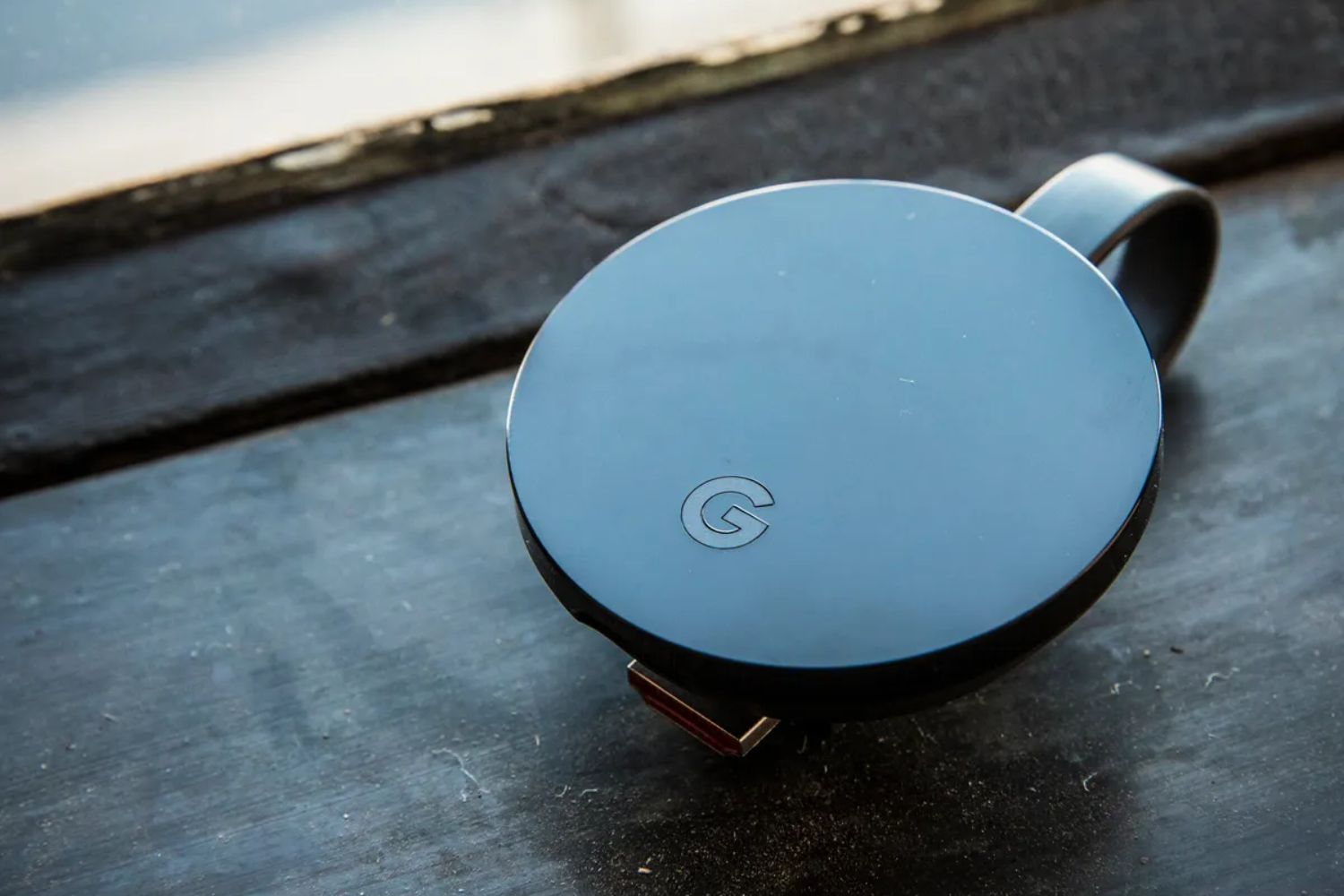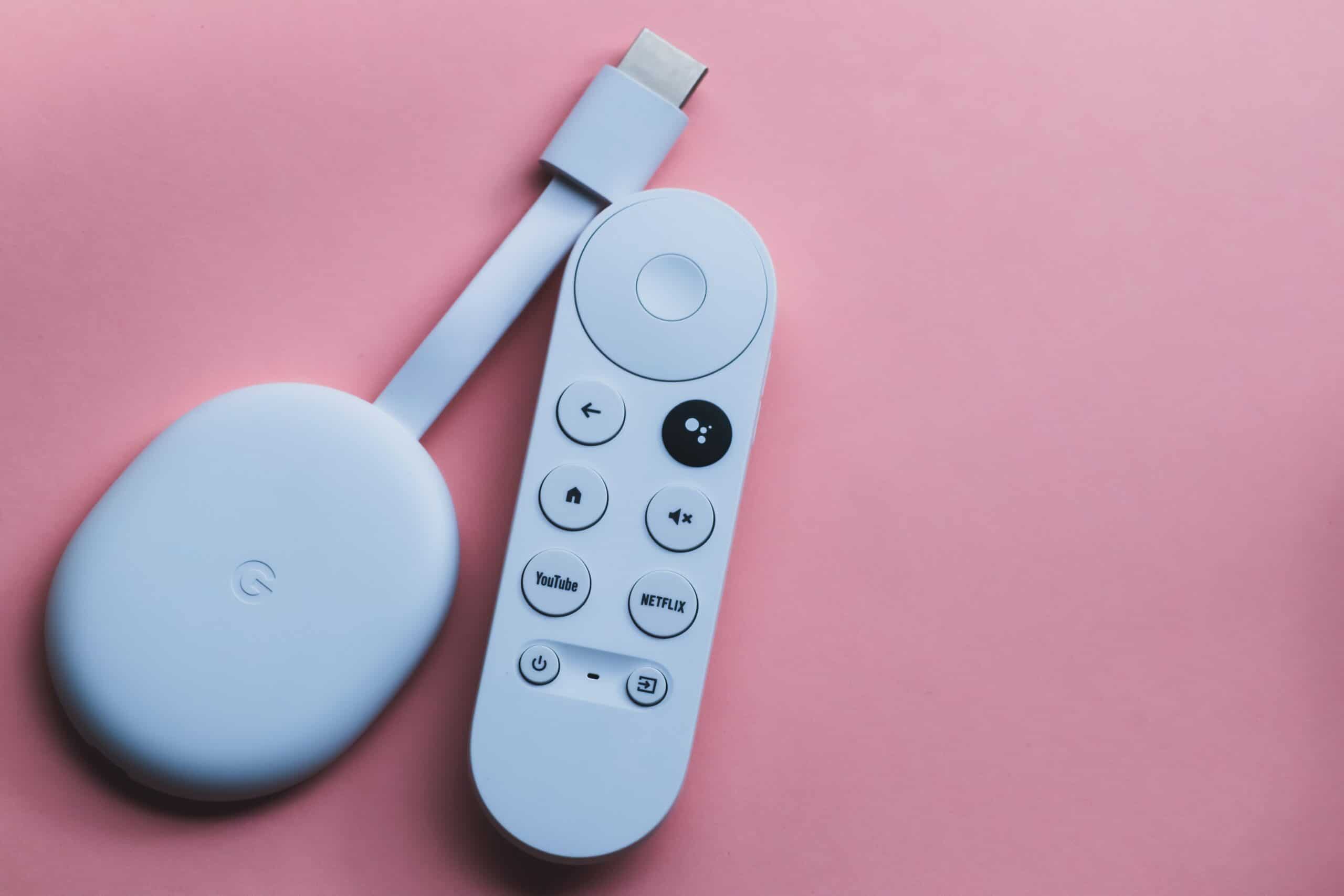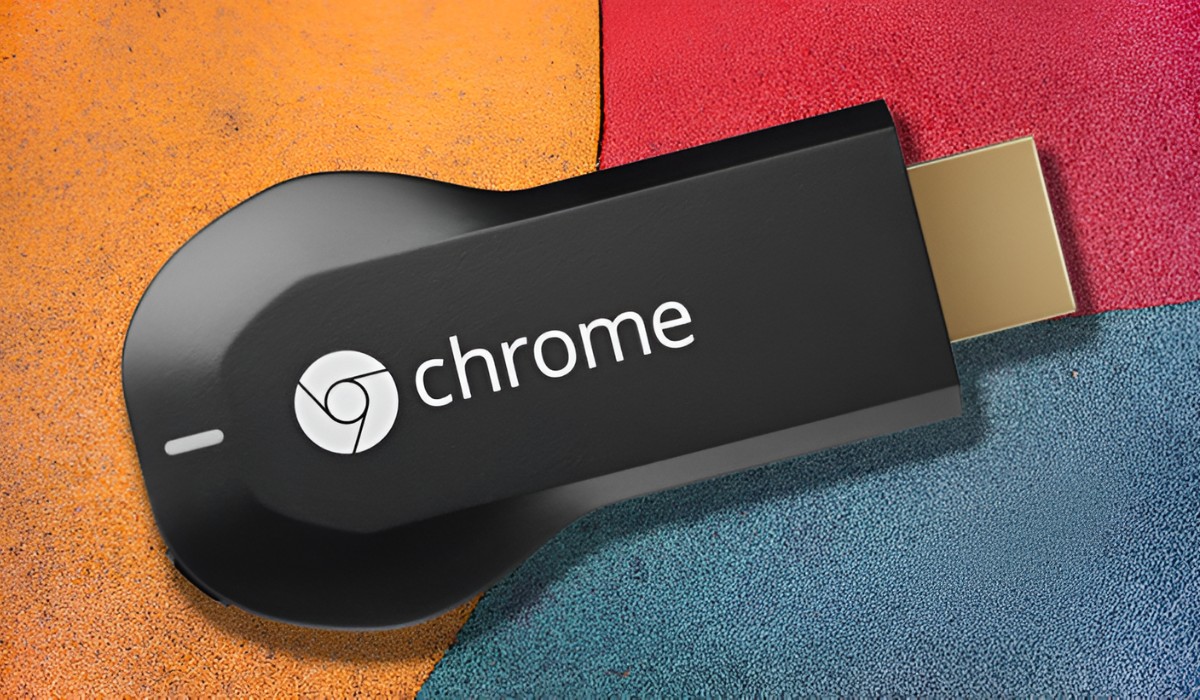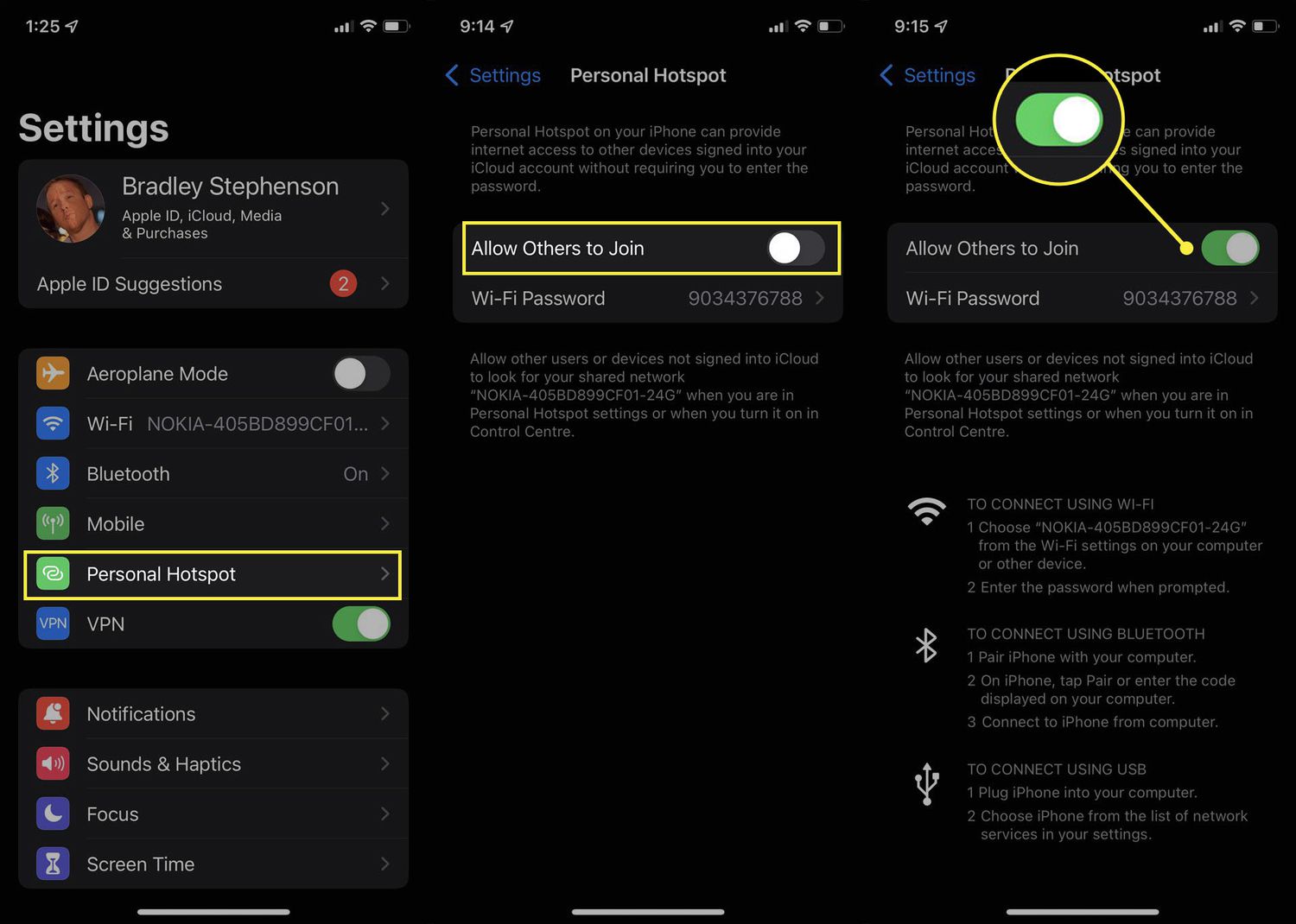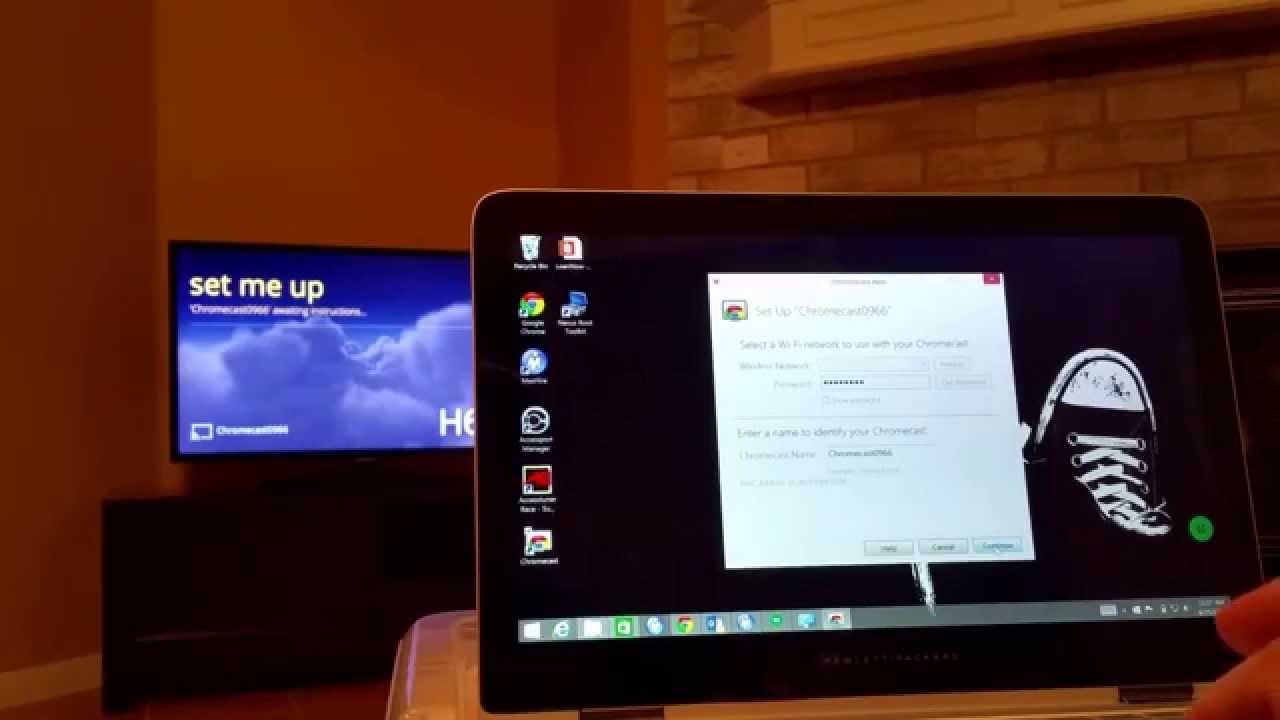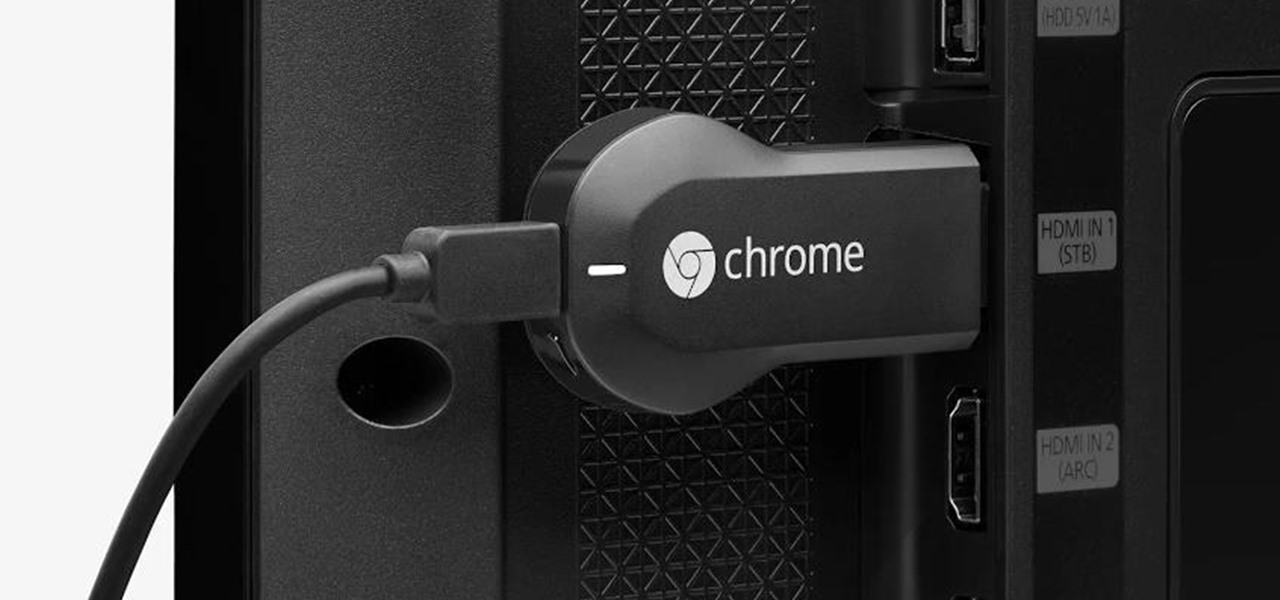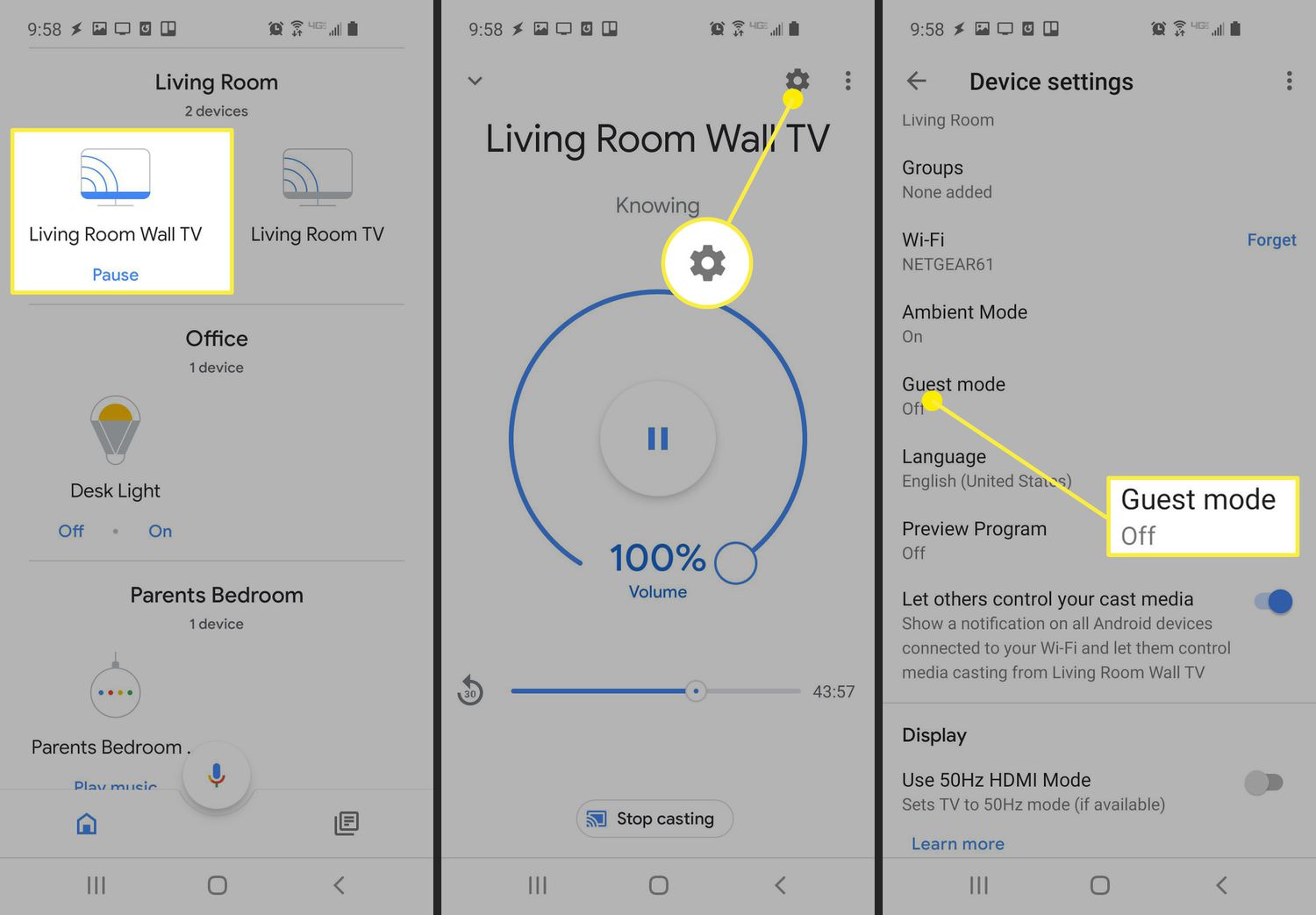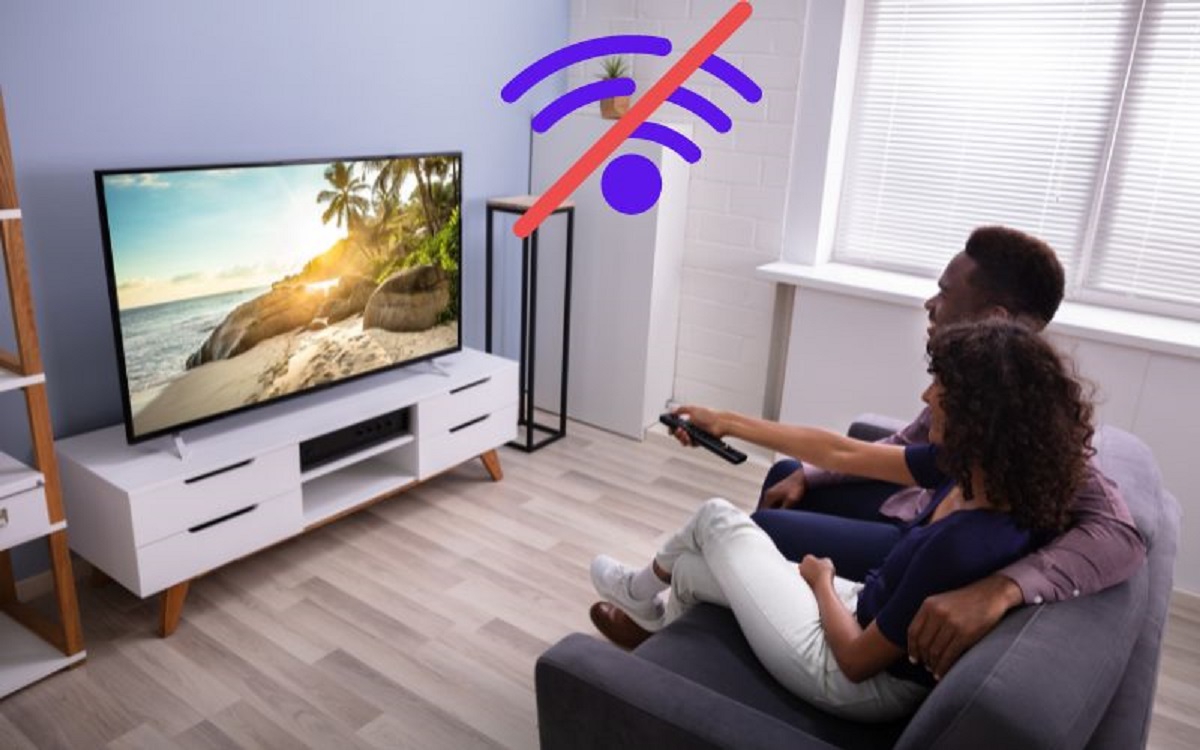Introduction
When it comes to streaming content, Chromecast has revolutionized the way we enjoy our favorite shows, movies, and music. Its seamless connectivity and user-friendly interface make it a popular choice for casting media from various devices to the big screen. However, there are times when you may find yourself in a situation where a traditional Wi-Fi network is not available. In such instances, leveraging a mobile hotspot can be a convenient solution to keep your Chromecast connected and your entertainment uninterrupted.
In this comprehensive user guide, we will walk you through the process of connecting your Chromecast to a mobile hotspot. Whether you're traveling, camping, or simply facing Wi-Fi connectivity issues, this step-by-step tutorial will equip you with the knowledge and confidence to seamlessly link your Chromecast to a mobile hotspot, ensuring that your favorite content remains just a cast away.
So, if you've ever found yourself wondering how to make the most of your Chromecast without a traditional Wi-Fi network, you've come to the right place. Let's embark on this journey together and unlock the full potential of your Chromecast by connecting it to a mobile hotspot.
Step 1: Enable Hotspot on Your Device
Enabling a mobile hotspot on your device allows you to create a portable Wi-Fi network that your Chromecast can connect to, providing internet access for streaming content. Here's how to enable the hotspot feature on some popular mobile operating systems:
Android:
- Open the "Settings" app on your Android device.
- Look for the "Network & internet" or "Connections" option and tap on it.
- Select "Hotspot & tethering" or a similar option, depending on your device.
- Tap on "Wi-Fi hotspot" to enable it.
- You can customize the hotspot settings, such as the network name (SSID) and password, to secure the connection.
iOS (iPhone):
- Go to the "Settings" app on your iPhone.
- Tap on "Personal Hotspot."
- Toggle the "Personal Hotspot" switch to enable it.
- You can set a Wi-Fi password to secure the hotspot network.
Windows:
- Open the "Settings" app on your Windows device.
- Click on "Network & Internet."
- Select "Mobile hotspot" from the left-hand menu.
- Toggle the "Share my Internet connection with other devices" switch to enable the hotspot feature.
- You can customize the network name and password under "Edit" if needed.
macOS:
- Click on the Apple logo in the top-left corner and select "System Preferences."
- Choose "Sharing."
- Select "Internet Sharing" from the left-hand menu.
- Choose the "Share your connection from" dropdown menu and select your internet source (e.g., Ethernet, Wi-Fi).
- Check the box next to "Wi-Fi" in the "To computers using" list.
- Click on "Wi-Fi Options" to set the network name, channel, security type, and password for the hotspot.
Once you have successfully enabled the hotspot feature on your device, it will broadcast a Wi-Fi network that your Chromecast can connect to. This paves the way for the next step in the process – connecting your Chromecast to the newly created hotspot network.
With the hotspot enabled, you're one step closer to unlocking the full potential of your Chromecast, even in scenarios where a traditional Wi-Fi network may not be available.
Step 2: Connect Chromecast to Hotspot
Now that the hotspot is up and running on your mobile device, the next step is to connect your Chromecast to this newly created network. This process involves accessing the Chromecast settings and selecting the appropriate Wi-Fi network to establish a connection.
Here's a detailed guide on how to connect your Chromecast to the hotspot:
-
Power Up Your Chromecast: Ensure that your Chromecast is plugged into your TV and powered on. It's essential for the device to be active and ready to establish a connection with the hotspot.
-
Access Chromecast Settings: Using the Google Home app on your mobile device, navigate to the device settings for your Chromecast. Alternatively, you can access the settings by visiting the Chromecast setup page using a web browser.
-
Select Your Chromecast Device: If you have multiple Chromecast devices within your network, ensure that you select the specific device you want to connect to the hotspot.
-
Choose the Hotspot Network: Within the Chromecast settings, look for the option to change the Wi-Fi network. Select the hotspot network that you enabled on your mobile device in the previous step.
-
Enter Hotspot Password (if applicable): If you set a password for your hotspot network, you will be prompted to enter it during the connection process. Input the password to authenticate and connect your Chromecast to the hotspot.
-
Wait for Connection: After selecting the hotspot network and entering the password, your Chromecast will attempt to establish a connection to the hotspot. This process may take a few moments, so be patient while the device connects to the network.
-
Confirmation: Once the connection is successful, you will receive a confirmation message indicating that your Chromecast is now linked to the hotspot network. At this point, your Chromecast is ready to stream content using the internet provided by the hotspot.
By following these steps, you can seamlessly connect your Chromecast to a mobile hotspot, expanding its versatility and ensuring that you can enjoy your favorite entertainment regardless of traditional Wi-Fi availability. This capability opens up new possibilities for using your Chromecast in various settings, whether it's a hotel room, a remote location, or simply as a backup option when your primary Wi-Fi network encounters issues.
With your Chromecast now connected to the hotspot, you're all set to immerse yourself in a world of entertainment, all powered by the convenience of a mobile hotspot.
Step 3: Configure Chromecast Settings
After successfully connecting your Chromecast to the mobile hotspot, the next crucial step is to configure its settings to ensure optimal performance and seamless streaming experience. Configuring the Chromecast settings allows you to personalize the device, manage network preferences, and troubleshoot any potential connectivity issues. Let's delve into the detailed process of configuring your Chromecast settings to maximize its utility.
Accessing Chromecast Settings
-
Open the Google Home App: Launch the Google Home app on your mobile device, which serves as the central hub for managing your Chromecast and its settings. Alternatively, you can access the Chromecast settings by visiting the Chromecast setup page using a web browser on a computer or mobile device.
-
Select Your Chromecast Device: If you have multiple Chromecast devices within your network, ensure that you select the specific device for which you want to configure the settings.
Network Configuration
-
Wi-Fi Network Selection: Within the Chromecast settings, you have the option to review and modify the Wi-Fi network to which your Chromecast is connected. This is particularly useful if you need to switch between different Wi-Fi networks, including the mobile hotspot and traditional networks.
-
Network Troubleshooting: In the event of connectivity issues or signal interference, the Chromecast settings provide troubleshooting options to diagnose network-related issues and offer potential solutions to ensure a stable connection.
Personalization and Preferences
-
Backdrop Customization: The Chromecast settings allow you to personalize the backdrop displayed on your TV when the Chromecast is idle. You can choose to showcase your own photos, artwork, or select from a variety of scenic images.
-
Device Name and Location: You can assign a unique name to your Chromecast device, making it easier to identify in a multi-device setup. Additionally, you can specify the physical location of the device, which can be helpful in a home with multiple TVs and Chromecast devices.
Guest Mode and Privacy
-
Guest Mode Activation: If you frequently have guests who want to cast content to your Chromecast without being connected to your Wi-Fi network, the settings allow you to activate Guest Mode, enabling nearby devices to cast using ultrasonic audio tones.
-
Privacy and Data Usage: The Chromecast settings provide options to manage privacy settings and review data usage, giving you control over the information shared with Google and how your Chromecast interacts with other devices on the network.
By configuring these settings, you can tailor the functionality of your Chromecast to align with your preferences and usage scenarios, ensuring a personalized and seamless streaming experience. With the ability to manage network connections, personalize the device, and enhance privacy controls, the Chromecast settings empower you to harness the full potential of your Chromecast in diverse environments and usage contexts.
Conclusion
In conclusion, the ability to connect your Chromecast to a mobile hotspot opens up a world of possibilities, allowing you to enjoy seamless streaming and casting experiences even in scenarios where traditional Wi-Fi networks may be unavailable or unreliable. By following the user guide outlined in this comprehensive walkthrough, you have gained the knowledge and confidence to leverage the power of a mobile hotspot to keep your Chromecast connected and your entertainment uninterrupted.
The process of enabling the hotspot on your device, connecting your Chromecast to the hotspot, and configuring the Chromecast settings has equipped you with the tools to adapt to various connectivity challenges and enjoy your favorite content without limitations. Whether you're on the go, in a remote location, or encountering Wi-Fi connectivity issues, the ability to connect your Chromecast to a mobile hotspot ensures that your entertainment remains within reach.
Furthermore, the flexibility offered by connecting your Chromecast to a mobile hotspot extends beyond mere convenience. It empowers you to transform diverse environments, such as hotel rooms, vacation rentals, or outdoor settings, into personalized entertainment hubs, enhancing your ability to enjoy streaming content on your terms.
Moreover, the seamless integration of the Chromecast with a mobile hotspot exemplifies the adaptability and user-centric design that has made it a beloved household entertainment companion. The user-friendly nature of the setup process ensures that you can effortlessly navigate the steps to establish a connection, regardless of your technical expertise.
As technology continues to evolve, the ability to connect devices like the Chromecast to mobile hotspots exemplifies the convergence of convenience, connectivity, and entertainment. It underscores the importance of adaptable solutions that cater to the dynamic lifestyles and diverse connectivity needs of users, ensuring that their entertainment experiences remain uninterrupted and immersive.
In essence, the user guide presented here not only serves as a practical resource for connecting your Chromecast to a mobile hotspot but also embodies the spirit of innovation and adaptability that defines modern technology. By embracing the possibilities enabled by connecting your Chromecast to a mobile hotspot, you are embracing a future where entertainment knows no bounds and connectivity transcends traditional limitations.







